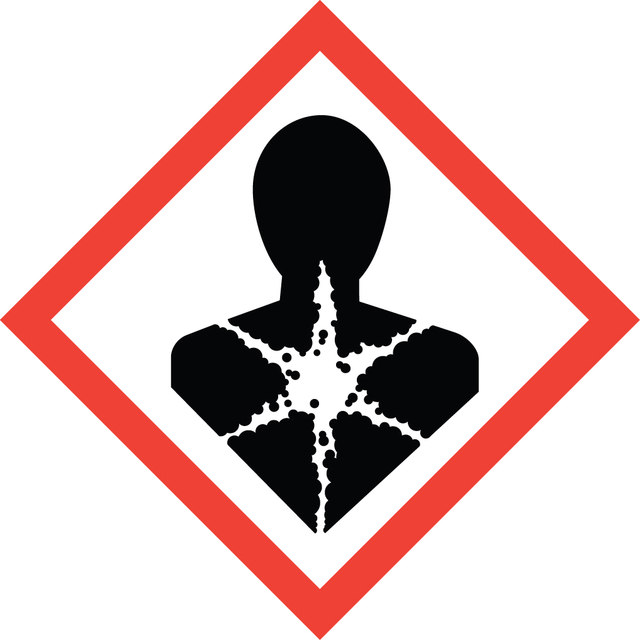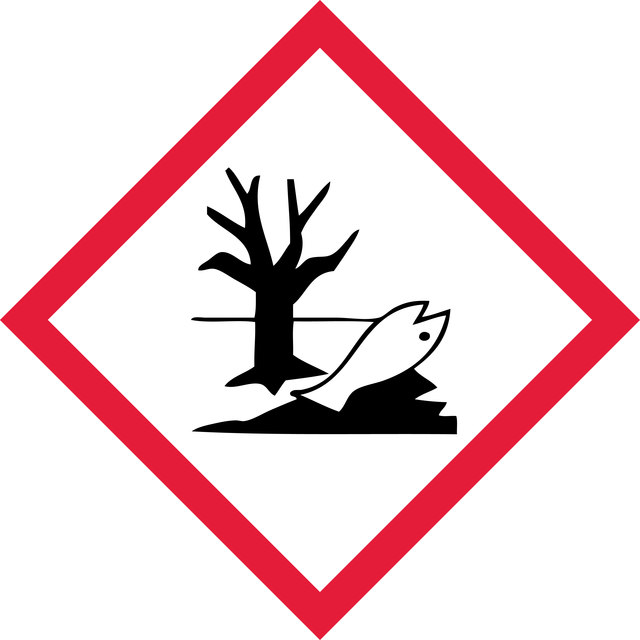Sign In to View Organizational & Contract Pricing
Select a Size
About This Item
UNSPSC Code:
12352200
NACRES:
NA.54
usage
sufficient for ≤50 tests
Quality Level
manufacturer/tradename
Roche
technique(s)
immunohistochemistry: suitable
storage temp.
−20°C
Related Categories
General description
Kit for the detection and quantification of apoptotic cell death on a single-cell level by light microscopy in immunohistocytochemistry.
Application
The In Situ Cell Death Detection Kit, POD, is a precise, fast, and simple nonradioactive technique to detect and quantify apoptotic cell death at the single-cell level in cells and tissues. Thus, the In Situ Cell Death Detection Kit can be used in many different assay systems.
- Examples are: Detection of individual apoptotic cells in frozen, paraffin-embedded and formalin-fixed tissue sections in basic research and routine pathology
- Determination of sensitivity of malignant cells to drug-induced apoptosis in cancer research and clinical oncology
- Typing of cells undergoing cell death in heterogeneous populations by double staining procedures
Biochem/physiol Actions
The In Situ Cell Death Detection Kit, POD is based on the detection of single- and double-stranded DNA breaks that occur at the early stages of apoptosis.
Apoptotic cells are fixed and permeabilized. Subsequently, the cells are incubated with the TUNEL reaction mixture that contains TdT and fluorescein-dUTP. During this incubation period, TdT catalyzes the addition of fluorescein-dUTP at free 3′-OH groups in single- and double-stranded DNA. After washing, the label incorporated at the damaged sites of the DNA is marked by an anti-fluorescein antibody conjugated with the reporter enzyme peroxidase. After washing to remove unbound enzyme conjugate, the POD retained in the immune complex is visualized by a substrate reaction.
Apoptotic cells are fixed and permeabilized. Subsequently, the cells are incubated with the TUNEL reaction mixture that contains TdT and fluorescein-dUTP. During this incubation period, TdT catalyzes the addition of fluorescein-dUTP at free 3′-OH groups in single- and double-stranded DNA. After washing, the label incorporated at the damaged sites of the DNA is marked by an anti-fluorescein antibody conjugated with the reporter enzyme peroxidase. After washing to remove unbound enzyme conjugate, the POD retained in the immune complex is visualized by a substrate reaction.
Features and Benefits
Sensitive: The maximum intensity of labeling (cell staining) of apoptotic cells is higher than the nick translation method.
Fast: The use of fluorescein-dUTP allows analysis of the samples directly after the TUNEL reaction, but before the addition of the secondary detection system.
Convenient: The direct labeling procedure using fluorescein-dUTP allows verification of the efficiency of the TUNEL reaction during the assay procedure.
Accurate: Identification of apoptosis at a molecular level (DNA-strand breaks) and identification of cells at the very early stages of apoptosis.
Flexible: No substrate included; provides the opportunity to select the staining procedure of choice.
Fast: The use of fluorescein-dUTP allows analysis of the samples directly after the TUNEL reaction, but before the addition of the secondary detection system.
Convenient: The direct labeling procedure using fluorescein-dUTP allows verification of the efficiency of the TUNEL reaction during the assay procedure.
Accurate: Identification of apoptosis at a molecular level (DNA-strand breaks) and identification of cells at the very early stages of apoptosis.
Flexible: No substrate included; provides the opportunity to select the staining procedure of choice.
Packaging
1 kit containing 3 components.
Preparation Note
Storage conditions (working solution): TUNEL reaction mixture
The TUNEL reaction mixture should be prepared immediately before use and should not be stored. Keep TUNEL reaction mixture on ice until use.
Converter-peroxidase
Once thawed the Converter-peroxidase solution should be stored at 2 to 8 °C (maximum stability 6 months).
Note: Do not freeze.
Sample material: Cytospin and cell smear preparations, adherent cells grown on slides, and frozen and paraffin-embedded tissue sections.
The TUNEL reaction mixture should be prepared immediately before use and should not be stored. Keep TUNEL reaction mixture on ice until use.
Converter-peroxidase
Once thawed the Converter-peroxidase solution should be stored at 2 to 8 °C (maximum stability 6 months).
Note: Do not freeze.
Sample material: Cytospin and cell smear preparations, adherent cells grown on slides, and frozen and paraffin-embedded tissue sections.
Kit Components Only
Product No.
Description
- Enzyme Solution (TdT)
- Label Solution (fluorescein-dUTP)
- Converter Peroxidase (anti-fluorescein antibody-peroxidase) ready-to-use
Signal Word
Danger
Hazard Statements
Precautionary Statements
Hazard Classifications
Aquatic Chronic 2 - Carc. 1B Inhalation - Skin Sens. 1
Storage Class Code
6.1D - Non-combustible acute toxic Cat.3 / toxic hazardous materials or hazardous materials causing chronic effects
WGK
WGK 3
Flash Point(F)
does not flash
Flash Point(C)
does not flash
Regulatory Information
含少量动物源组分生物产品
常规特殊物品
This item has
Choose from one of the most recent versions:
Already Own This Product?
Find documentation for the products that you have recently purchased in the Document Library.
Sheng-chun Dang et al.
Journal of Zhejiang University. Science. B, 15(6), 556-565 (2014-06-07)
It has been shown that macrophages play an important role in the development of severe acute pancreatitis (SAP), and eventually lead to multiple organ failure (MOF). Clodronate-liposome selectively depleted macrophages. This study was to investigate the role of renal macrophage
Cuneyt Tayman et al.
Pediatric surgery international, 27(11), 1179-1189 (2011-06-29)
To determine the preventative effect of caffeic acid phenethyl ester (CAPE) in necrotizing enterocolitis (NEC) in an experimental rat model of NEC. Thirty newborn Sprague-Dawley rats were randomly divided into three groups; as NEC, NEC + CAPE and control. NEC
Neus Martínez-Abadías et al.
Disease models & mechanisms, 6(3), 768-779 (2013-03-23)
Apert syndrome is a congenital disorder characterized by severe skull malformations and caused by one of two missense mutations, S252W and P253R, on fibroblast growth factor receptor 2 (FGFR2). The molecular bases underlying differential Apert syndrome phenotypes are still poorly
Jitka A I Virag et al.
American journal of physiology. Heart and circulatory physiology, 298(3), H1088-H1095 (2010-01-12)
Variations in circadian rhythms are evident in the incidence of cardiovascular disease, and the risk of cardiovascular events increases when rhythms are disrupted. The suprachiasmatic nucleus is the central circadian pacemaker that regulates the daily rhythm of peripheral organs. Diurnal
Sheng-Chun Dang et al.
World journal of gastroenterology, 21(9), 2651-2657 (2015-03-12)
To investigate the protective effect of clodronate-containing liposomes against severe acute pancreatitis (SAP)-triggered acute gastric mucosal injury (AGMI) in rats. Clodronate- and phosphate-buffered saline (PBS)-containing liposomes were prepared by reverse-phase evaporation. The SAP rat model was established by injecting sodium
Articles
Cellular apoptosis assays to detect programmed cell death using Annexin V, Caspase and TUNEL DNA fragmentation assays.
细胞凋亡测定使用膜联蛋白V、Caspase和TUNEL DNA片段化检测法检测程序性细胞死亡。
Related Content
Our team of scientists has experience in all areas of research including Life Science, Material Science, Chemical Synthesis, Chromatography, Analytical and many others.
Contact Technical Service

